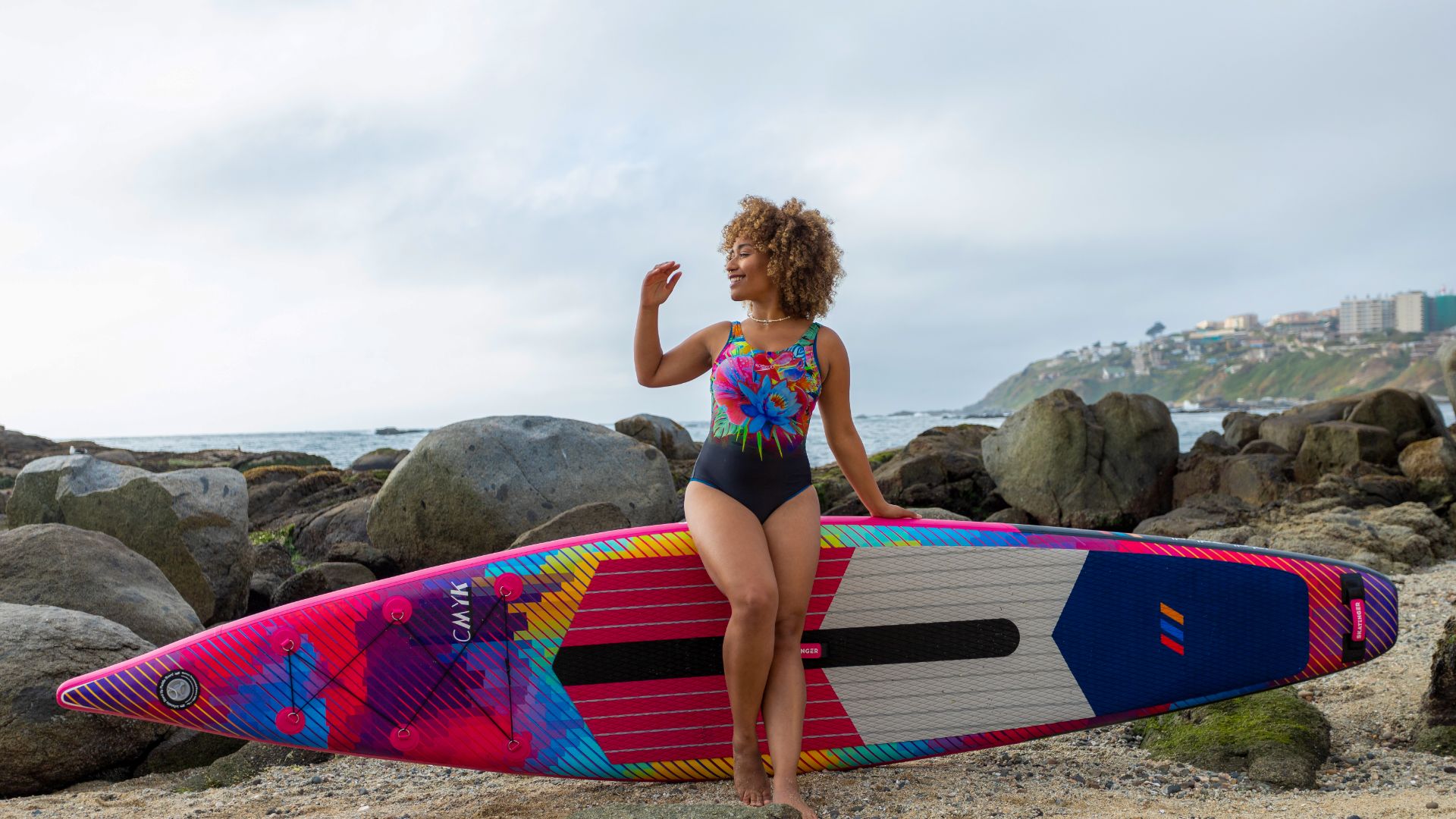In most cases, your board does not require precise folding to get packed in your original bag. Please make sure you are packing your board in the right bag size. Skatinger provides 5 sizes of zip backpacks to fit different boards for great portability. For more packing instructions, view the infographic below. You may also want to check how to properly fold your board and pack everything in the bag, please
click here for an instructional video.
